When you get a new credit card, you’ll be given a credit card limit, which is the maximum amount of money you can charge to the card. If you spend over this limit, your purchases could be denied or you could face a hefty over-limit fee.
Although credit card issuers set the credit limit, you do have the ability to request a credit limit increase if you think you need access to more credit. We’ll walk you through the process and help you understand how your credit limit affects your card usage.
Key Takeaways
- Your card’s credit limit is the maximum amount you can charge to your card.
- Making credit card payments frees up your credit, so you can continue charging to your card.
- Credit card issuers determine your credit by looking at factors like your credit score, income, and employment.
Never miss an amazing deal again + get our bonus 250+ page eBook for FREE. Join 50,000 other Canadians who receive our weekly newsletter – learn more.
How your credit limit works
Your credit limit is the maximum amount of money you’re allowed to borrow from your credit card company. This same term is also used for other types of revolving credit, such as personal lines of credit.
Credit cards don’t offer unlimited money. The lender will want their money back and the credit limit they set is the amount that they feel comfortable lending you. So, someone with poor credit who may be riskier to lend to will typically have a lower credit limit than someone with a great score.
If your income or credit score changes, you can ask for a credit limit increase. This is always subject to approval from the lender. For instance, if you’re making an extra $20,000, you can request a credit limit increase, which your issuer will most likely approve.
Credit limit vs. available credit
While credit limit and available credit sound similar, they refer to different things:
- Credit limit is the total amount you can borrow on your account. For credit cards, it's also used as the maximum.
- Available credit takes into account what you already owe on the card and refers to how much you can borrow right now.
Available credit = credit limit - current balance
Can you go over your credit limit?
In the credit card world, it is possible to go over your limit. But be forewarned: you’ll pay a price. Many credit cards have over-limit fees that you’ll be charged if you exceed your credit limit – typically $25-$30.
But a bank can also decline the transaction if it would exceed your credit limit. In most cases, it depends on your creditworthiness and how much you'll exceed the limit.
Pro tip: If you need to make a purchase that’s higher than your credit limit, create some extra space by going into a negative balance. Simply pay more on your credit card than you owe and you’ll have more to spend before you hit that limit.
Learn more: Creating a negative credit card balance
Who determines your credit card limit – and how?
The bank issuing your credit card determines your credit limit. Here’s what they’ll probably consider:
- Credit report and score: Your credit score is a big factor in your credit limit. The bank will run the information on your credit report through an algorithm that will determine your limit. If you’re a new customer with the bank, you’ll probably get a smaller limit – but paying your bills on time will likely allow you to increase it.
- Income: The higher your income, the more you’ll usually be approved for when applying for a new credit card or a credit limit increase.
- Housing status: You’ll need to provide details about your monthly rent or mortgage payments so that the bank has an idea of your fixed expenses.
- Type of card: The card you're applying for may have a minimum credit limit. For example, Visa and Mastercard might use different factors to set credit limits, so you may have a higher limit with one provider than the other.
There are 2 notable exceptions.
- Secured credit cards: These credit cards are designed for those with poor credit, and have almost guaranteed approval. To get a credit card issued, you have to provide a security deposit.
- American Express charge cards: While you use an Amex charge card like any other credit card, charge cards don’t have a predetermined credit limit. Instead, each purchase is authorized at the point of sale.
Amex charge cards have no set credit limit but you must pay the balance in full every month. You cannot carry a balance – and as such, they have no interest rates attached to them.
Amex has some soft limits in their system so you won't be able to go way outside of "normal" purchases. But they have an online tool you can use to see if a larger purchase will be approved.
There’s only one Amex charge card for personal use, the American Express Aeroplan Card.
How your credit limit impacts your credit score
The credit limit you receive (and how much of it you regularly use) impacts your credit score.
Credit utilization is one of the 5 major factors in a credit score. The more of your available credit you use, the lower your score. The generally accepted number is around 30%. To maximize your credit score, you'll want to use less than 30% of your available credit across all credit cards and loans.
Here’s why: The more of your credit you use, the more it can appear to lenders that you may be in financial distress. It's ok to exceed the threshold once in a while for things like a major project or vacation, but try to stay under that 30% mark as much as possible.
Is it better to have a high credit limit?
Generally speaking, it’s better to have a high credit limit. This makes it easier to stay under the 30% credit utilization mark and gives you breathing room for larger purchases.
But there's a caveat: a high limit is only better as long as you don’t spend more than you can afford. If you’re tempted to max out your credit cards, sticking with a lower limit is a better plan.
FAQ
How does a credit card limit work?
You’ll be given a credit limit when you open your credit card account. You can charge up to the limit, but when you make payments, you free up access to credit (up to the limit amount).
What does a $1000 credit card limit mean?
If your credit card has a $1,000 limit, you can’t charge more than $1,000 to the card. So, if you have a balance of $750 and you try to charge $300, you’ll be denied (or get an over-limit fee).
Who decides your credit card limit?
Your credit card issuer sets your credit limit by checking your credit score and asking for your income details when you apply. They’ll use your credit history and income to determine a credit limit they think is right for you.
How can I raise my credit card limit?
Generally, you’ll need to wait a while or until your income increases before requesting a credit limit increase. Hop online or contact your card issuer over the phone and ask for an increase. You may also be pre-approved.
creditcardGenius is the only tool that compares 126+ features of 231 Canadian credit cards using math-based ratings and rankings that respond to your needs, instantly. Take our quiz and see which of Canada's 231 cards is for you.









 GC:
GC: 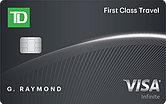



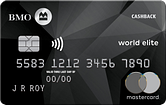
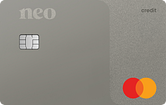
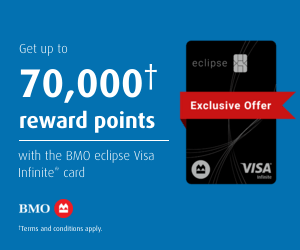







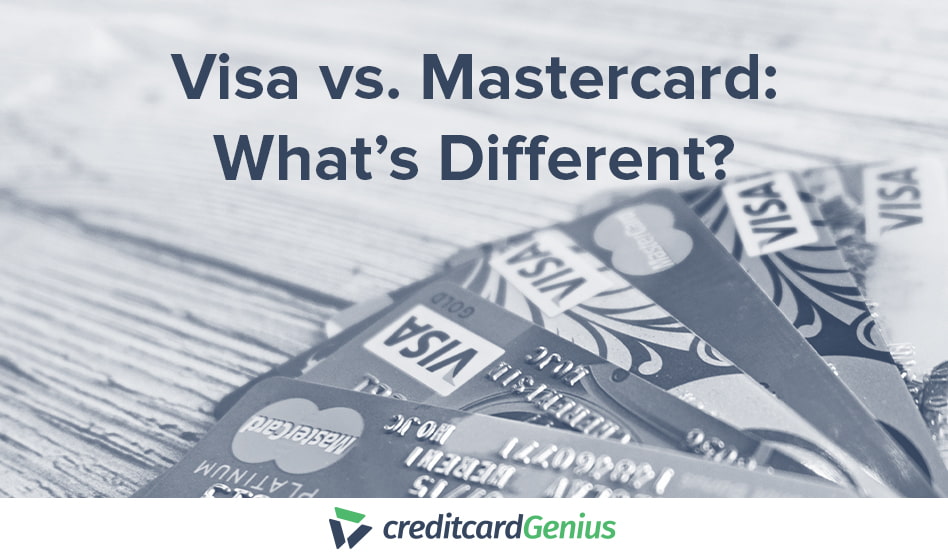
.png)





















 $100 GeniusCash + Earn up to 15,000 Welcome Bonus Membership Rewards® Points.*
$100 GeniusCash + Earn up to 15,000 Welcome Bonus Membership Rewards® Points.*
Comments
Leave a comment
Required fields are marked with *. Your email address will not be published.